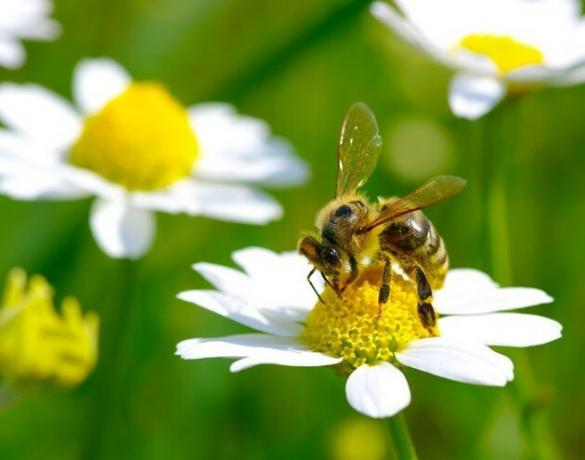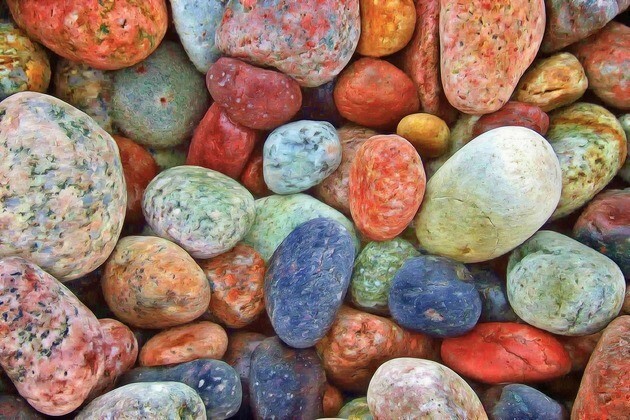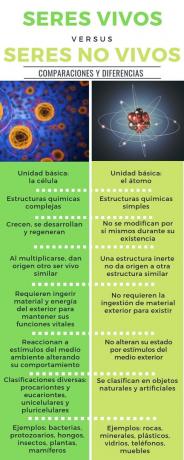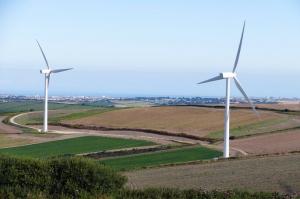Difference between living and non-living beings
Life is a difficult concept to define in scientific terms; however, we can distinguish between living and non-living beings. The Earth is a cluster of matter and energy that, at some point in its evolution, gave rise to what we know as life.
In this sense, we are surrounded by living and non-living beings that we can identify with the naked eye in our environment. Here we explain what they are.
| Living beings | Non-living beings | |
|---|---|---|
| Keyword | Organism | Object |
| Basic unit | The cell. | The atom. |
| Chemical structure | Very complex, they are composed of many varied compounds and macromolecules. | Simpler. |
| Transformations in the span of existence | They are born of another similar being, they grow and / or develop, they regenerate, they can reproduce and then they die. | They remain unchanged throughout their existence. |
| Reproduction | They multiply and give rise to a similar being. | An inert structure does not give rise to another like structure. |
| Dependence | They require ingesting material from outside to maintain their vital functions. | They do not depend on ingesting material from the outside to exist. |
| Response to stimuli | They react to stimuli from the environment, changing their behavior or state. | They do not alter their state by stimuli from the outside environment. |
| Classification | They present various classifications as they increase in complexity: prokaryotes and eukaryotes, unicellular and multicellular, animal and plant. | They are classified into natural and artificial objects. |
| Examples | Bacteria, plants, fungi and animals. | Rocks, minerals, water, tools, plastic, and glass. |
What are living beings?

A living being is any creature or organism composed of cells, whose most characteristic characteristics remarkable are that they are born from another similar being, grow and / or develop, can reproduce and then die. The science in charge of the study of life is biology.
Characteristics of living beings
Living beings include a great diversity of organisms, among which we can recognize certain common characteristics.
Complexity
Living beings are chemically complex creatures, although they are mainly made up of atoms of four elements: carbon, oxygen, hydrogen and nitrogen.
When combined they give rise to organic molecules or macromolecules such as proteins, carbohydrates and nucleic acids. These, in turn, organize and originate cells, the basic unit of living matter.
Growth, development and regeneration
Living organisms grow, that is, they increase in size, either because the size of the cells or the number of them increases. In addition, they develop special structures in higher organisms such as organs, tissues and systems, with specific functions.
For example, fungi or mushrooms have a mycelium that grows in the ground and develops forming the cap and the foot or stem, which is how we recognize these organisms in forests or meadows.
Living things also have the ability to regenerate and / or repair themselves when they suffer reversible injury or damage. For example, when we cut ourselves, the tissues around the wound grow and produce material to form scars.
Response to external stimuli
This means that when a living being comes into contact with physical or chemical agents it can react. The answer can be short or long term. For example, plants grow upward from the stimulus of sunlight, an effect known as positive phototropism.
Reproduction
Living beings reproduce, that is, they multiply. There are two types of reproduction: sexual and asexual.
Metabolism
Metabolism is the set of chemical reactions and energy transformations that occur in cells. Two main ways are distinguished:
- Anabolism: are the chemical reactions that result in the synthesis of molecules from simpler compounds. For example: the production of glucose from carbon dioxide, water and light energy.
- Catabolism: are those chemical reactions destined to the breakdown or degradation of complex molecules and release of chemical energy. For example: fermentation is the set of reactions that transform glucose into ethyl alcohol, carbon dioxide and energy in the form of ATP.
See also Anabolism and catabolism.
Homeostasis
Homeostasis refers to the regulation and maintenance of the interior conditions of an organism. For example, in humans there are mechanisms that regulate blood pressure and body temperature.
Evolution
Living organisms have undergone transformations and adaptations to changes in the environment over time.
For example, antibiotics are drugs that are used to fight bacterial infections by preventing the growth of bacteria.
Some species of bacteria have recently been found to be resistant to antibiotics, which is of concern for treating infections.
You may be interested in knowing the Kingdoms of nature.
What are non-living beings?

Anything that does not meet the requirements of "life" is considered a non-living, inanimate or inert being.
Natural objects and artificial objects
The natural non-living objects are those created by the physical and chemical forces of nature, such as rocks, clouds, oceans, mountains, among others.
The artificial non-living objects they are those creations of human beings, such as telephones, bridges, roads, dishes, and clothing.
Characteristics of non-living beings
Based on the characteristics of living beings, we are going to distinguish what are the characteristics of non-living beings.
Varied chemical structure
Non-living things do not have a distinctive chemical structure between them and are generally quite simpler. For example, water is made up of two hydrogen atoms and one oxygen atoms, while kitchen salt is made up of sodium and chlorine atoms. Rocks are mixtures of minerals and inorganic elements.
Invariable shape and size
Inanimate beings do not change their shape or size on their own. For example, a ceramic mug will have the same shape and size forever, as long as an external agent does not alter its structure, that is, it falls and breaks.
They do not evolve
Non-living objects do not adapt to external conditions. In some cases they are degraded by external conditions. For example, rocks, with the passage of time and the forces of nature, can break down and form sand or gravel.
Artificial objects, on the other hand, can be designed in alternative ways, but that is part of human activities. For example, the Ford Model T vehicle did not adapt itself to be a Tesla Model S car today.
They show no reaction to external stimuli
In this sense, non-living objects do not show a defensive or favorable behavior in the face of negative or positive stimuli. For example, if you hit a vehicle, it does not retreat in pain or attack in anger.
They do not require energy to survive
Although we know that a vehicle needs fuel to function, the vehicle can exist even without fuel.
They do not multiply
Non-living objects do not spawn, a non-living entity does not regenerate or spawn another identical entity. For example, on a shelf with two plates, a third plate will not appear, unless a person places the third plate.
You may also like:
- Organic and inorganic compounds
- Autotrophic and heterotrophic organisms




